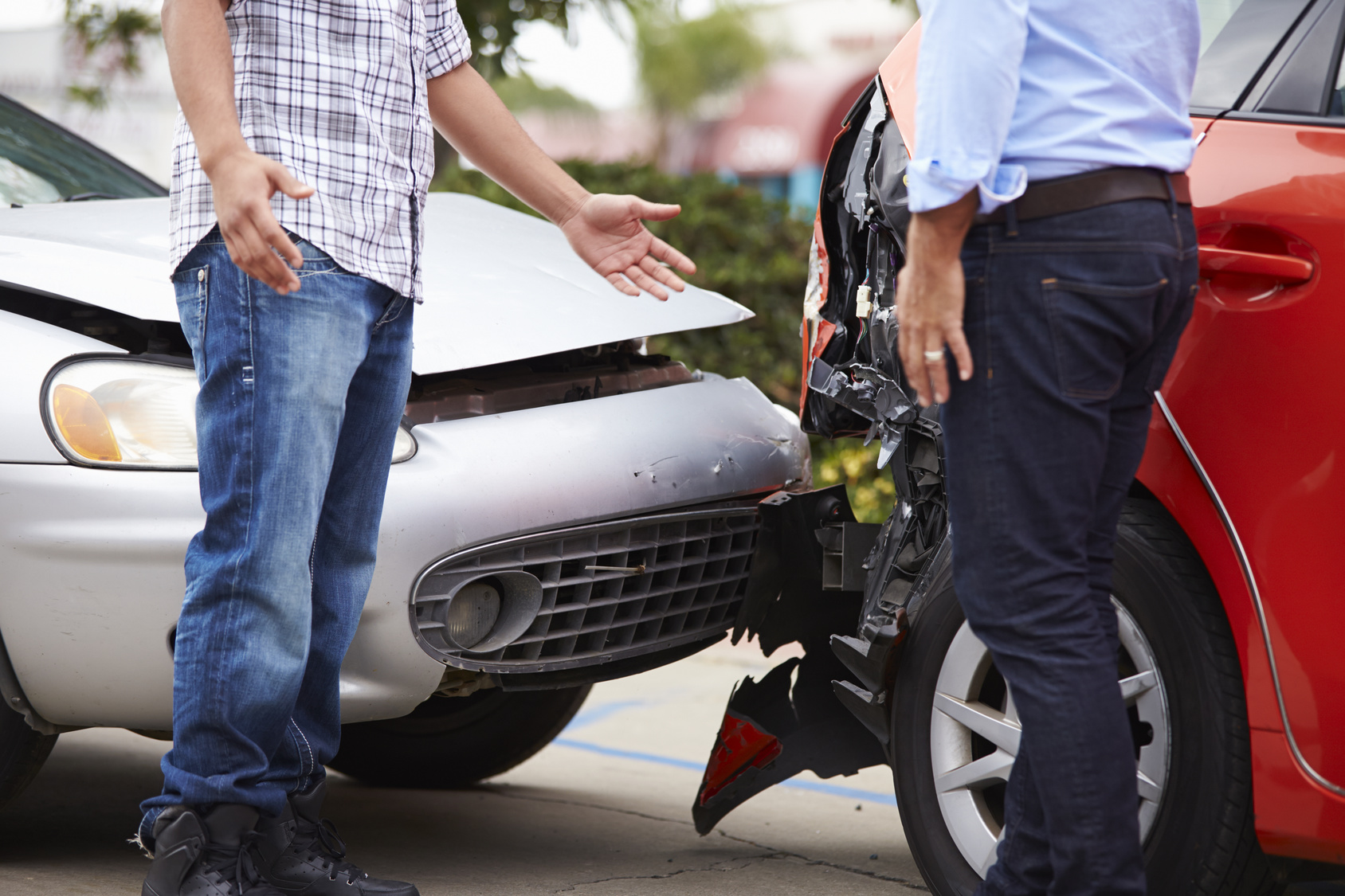Is Your Auto Insurance Protecting Your Family?
 Our firm has extensive experience representing clients injured in automobile and trucking accidents, and we know from experience that it’s really important for you to carry insurance, and make sure it’s the right kind of insurance. In a recent case, our client’s car was rear-ended by a speeding driver, causing a child to suffer serious injuries, including skull fractures. The driver who hit them had the minimum liability limits of $25,000. Unfortunately, the family did not purchase uninsured/underinsured motorist coverage (UM/UIM) for their vehicle, so they were left with an amount that didn’t even cover the medical bills. You can protect yourself from this situation
Our firm has extensive experience representing clients injured in automobile and trucking accidents, and we know from experience that it’s really important for you to carry insurance, and make sure it’s the right kind of insurance. In a recent case, our client’s car was rear-ended by a speeding driver, causing a child to suffer serious injuries, including skull fractures. The driver who hit them had the minimum liability limits of $25,000. Unfortunately, the family did not purchase uninsured/underinsured motorist coverage (UM/UIM) for their vehicle, so they were left with an amount that didn’t even cover the medical bills. You can protect yourself from this situation
Evaluating auto insurance is not the most riveting activity. When it’s time to get a new policy or renew, many people just breeze through the paperwork and try to make sure their premiums are as low as possible. But unless you really understand and protect yourself with the policy, particularly regarding UM/UIM, you could find yourself in a world of trouble.
If you carry UM/UIM and you’re hit by someone with no insurance, or not enough insurance, your insurance policy will step in and act as if they were the at-fault person’s insurance carrier. This provides you with additional coverage for your own injuries/damages. Without UM/UIM, you are relying solely on others to have enough insurance to cover the damage and injuries they cause. Unfortunately, most people often have the minimum limits of $25,000.
There are two kinds of UM/UIM – “add-on” and “set-off” – and it’s important to understand the difference. With “add-on” UM/UIM, whatever coverage you select would be stacked on top of the liability insurance that the at-fault person has under their own policy. For example, if the person who hits you has $100k in insurance, and you have $100k in add-on UM, you now have a total of $200k of insurance coverage for your injuries.
With “set-off” UM/UIM, the insurance company deducts the amount of liability insurance from the amount of UM/UIM you have. Thus, in the example above, you would effectively have no additional insurance ($100k in UM/UIM – $100k in Liability). Set-off UM/UIM is only a benefit if your UM limits are greater than the available liability limits to the at-fault party. But how can you know that before an accident? To make sure you’re protected, always select add-on, even if it costs a bit more.
In addition, many insurance companies will offer additional UM/UIM coverage under an umbrella policy for a minimal increase in premiums. (If you don’t have an umbrella policy, or don’t understand why you should have one, stay tuned for a future blog on that topic).
If you ever have to use UM/UIM, your insurance company should not raise your rates since the use of that insurance was not caused by your negligence, but the negligence of another party. Watch for this and make sure you’re not penalized.
-Dave Krugler

